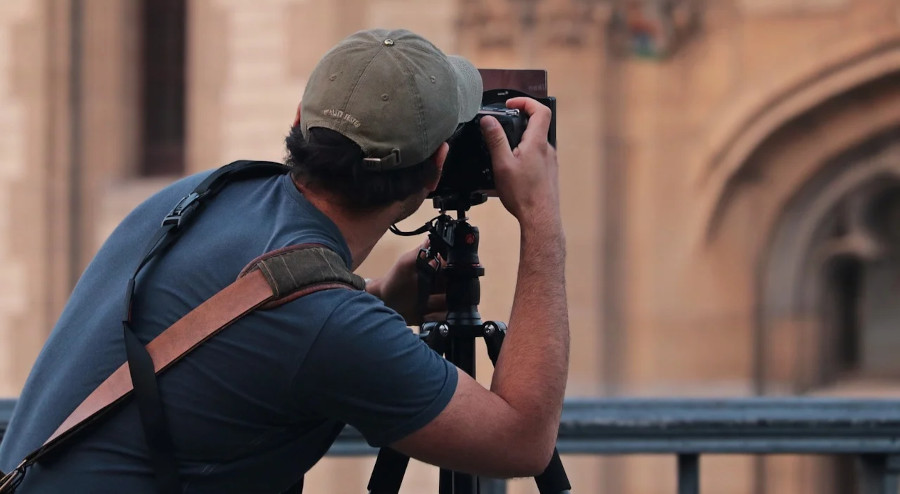How To Be A Successful Architectural Photographer
An architectural photographer is someone who takes pictures of both the interior and exterior of buildings for clients. They do this to help show off the architect's designs, the company's building work, or simply the most appealing view of a building. Most photographers specialize in a specific field, so if architecture, building work, and design are things that interest you, this could be a great career choice.

To become a successful architectural photographer, the steps are mainly the same as starting any other freelance business. The only twist, you could be shooting from 100 floors up! In this guide, we'll discuss the best steps to take to get yourself ready to become a successful architectural photographer.
Get The Right Equipment
Any photographer needs good gear. Most professional photographers these days shoot on DSLR cameras due to their size, power, and versatility. Chad, a Houston architectural photographer, stated in his blog that a good DSLR is a must, but it's the lenses that will really set your photography apart from the competition. Exterior building shots can be shot from a great distance, so a tripod and large zoom could be ideal here. Interior you'll need a much smaller lens, something that allows for lower light, too. A professional architectural photographer may use a handful of different lenses every shoot, so get your key three lenses in as a good place to start.
Take A Course
If you are an amateur photographer trying to push your skills to a professional level, it may be worth considering photography education of some kind. There are tons of short courses available online that will target specific types of photography or have a more general approach. You could also consider education on editing software or camera technology. All of these things will improve your performance with a camera.
Practice Your Style
Next, it's all about finding your own style. It's easy enough to follow a course or take shots as directed by someone else. But, the only way you're going to develop as a photographer is to go out into the city and take some pictures for yourself. See how you like to look at the skyline, new buildings, or building details. Experiment and find out what photos you think look best. Once you've found your favorite style, practice it over and over again.

Share Your Work
As you practice your style and start to build a portfolio, you will want to start sharing it online. Build yourself a portfolio website and start to share your favorite work. At the same time, it is worth posting similar portfolio pictures to social media accounts to drive some traffic towards your website. You should also write about yourself, your history, and why you love being an architectural photographer. If a potential client stumbles across your page, you want it to look professional. But, as with any artistic pursuit, you need to share your passion. Clients will want to work with someone who is passionate and excited about their work.
Promote Yourself
Once your website and social media channels are up and running, you need to start making some money! To get jobs, you'll need to promote yourself. There are a few ways to do so. Firstly, promoting your social media and website through advertising. Within Instagram, for example, you can promote your posts to people who often search for architecture or follow hashtags relating to architects. For your website, you could use Google ads, SEO, or guest blog posts to promote your page. There are, if needed, plenty of independent online marketing experts you could reach out to for a little help.
Reach Out To Clients
Alongside online advertising, you'll also need to go directly to clients. In the architecture world, this means a few different types of people. Obviously, there are architecture firms. Send them your portfolio, ask for a meeting, or head to one of their events. Take pictures of some of that company's previous work to show that you know who they are. Aside from firms, it's also worth reaching out to people who use these grand buildings. Big companies, hotel chains, and other tenants of skyscrapers may like some architectural photos for their websites or graphic design, so they can be a useful link to have, too.
These handy tips will help you get your start in the world of architectural photography. It's not necessarily an easy ride, but once you get some work with some good clients, you'll find the work just keeps on coming. Good luck with your new venture.